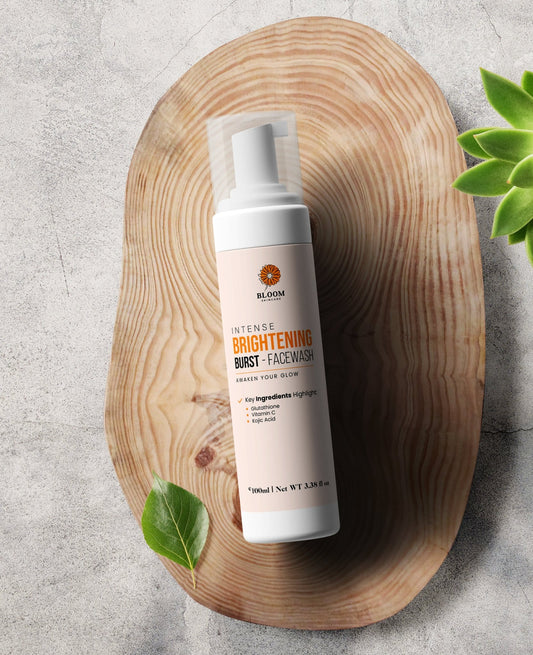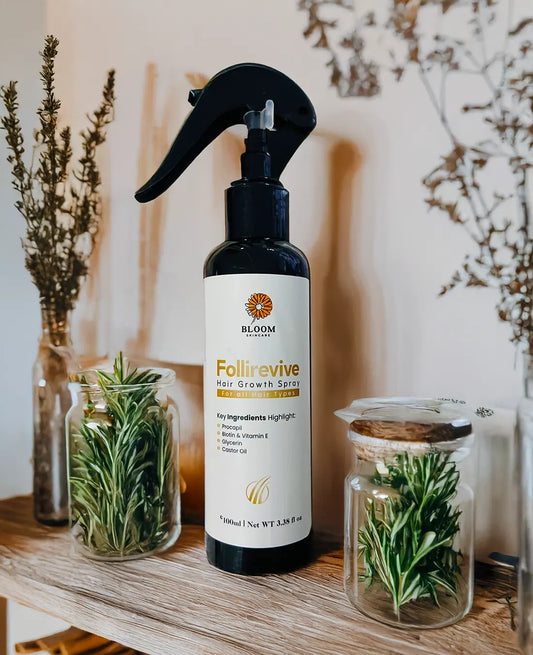Protecting your skin from the sun is one of the most important steps in any skincare routine. But if you have sensitive skin, finding the right sunblock can be overwhelming. Many products promise protection yet cause redness, itching, or breakouts. The good news is that gentle barrier sunblock exists, and they are made specifically for skin that reacts easily. In this guide, we’ll explain what to look for, how sunblocks work, and tips for keeping your sensitive skin safe without irritation.
Why Sensitive Skin Needs Special Sun Protection
Sensitive skin is more prone to irritation and often reacts to ingredients that most people tolerate well. This can include artificial fragrances, alcohol, harsh preservatives, and even certain sunscreen filters. The result can be burning sensations, rashes, or increased dryness.
At the same time, avoiding sunscreen isn’t an option. Unprotected exposure to ultraviolet (UV) rays can lead to premature aging, sunburns, and even skin cancer. That’s why finding the right balance of protection without irritation is key. For gentle, effective coverage, try Tinted Sunblock SPF 60, specially formulated to shield sensitive skin while providing a natural tint.
How Sunblocks Work
Sunblocks, also known as sunscreens, protect the skin by preventing UV rays from penetrating and causing damage. There are two main categories:
-
Mineral (Physical) Sunblocks: These contain natural minerals like zinc oxide and titanium dioxide, which sit on the skin’s surface and act as a shield by reflecting UV rays. They are gentle, non-irritating, and usually recommended for sensitive skin.
-
Chemical Sunblocks: These absorb UV rays and convert them into heat, which is then released from the skin. While effective, some chemical filters like oxybenzone or avobenzone can cause stinging or allergic reactions in sensitive individuals.
For most people with sensitive skin, mineral sunblocks are the safest choice. An excellent example is Sunbuddy Matte Guard, which offers broad-spectrum SPF 40 protection while controlling shine and refining skin texture. Its innovative MatteShield Complex™ absorbs excess oil without drying, leaving a natural matte finish.
Features to Look for in a Gentle Sunblock
Look best sunblock in Pakistan that contains non-nano zinc oxide or titanium dioxide. Select options that are fragrance-free, hypoallergenic, and free from alcohol, parabens, and synthetic fragrances. A broad-spectrum sunscreen with at least SPF 30 and soothing ingredients such as aloe vera or ceramides works best for sensitive skin. Patch test first to ensure compatibility.
Mineral vs. Chemical: Which Is Better for Sensitive Skin?
If your skin stings or burns easily, mineral sunblocks are the better option. They are less likely to penetrate the skin, which reduces the chance of irritation. Additionally, mineral sunblocks start working immediately after application, while chemical ones often require 15–20 minutes before becoming effective.
Some people may tolerate chemical sunblocks, especially newer formulas designed for sensitive skin. However, if you’ve had bad experiences before, starting with mineral options is the safest route.
Common Irritants to Avoid
When choosing sunblocks, steer clear of:
-
Oxybenzone and octinoxate (chemical filters linked to irritation)
-
Added perfumes or essential oils
-
High alcohol content
-
Artificial dyes or colorants
Reading ingredient labels carefully can save you from unwanted reactions.
How to Use Sunblock Without Irritation
Even the best sunblock for face needs to be used properly for the best results. Here are some skin-friendly tips:
-
Patch test first: Apply a small amount to your inner arm or behind the ear. Wait 24 hours to see if irritation occurs.
-
Apply enough product: Use about half a teaspoon for your face and neck to get full protection.
-
Reapply regularly: Every 2–3 hours if you are outdoors, and after sweating or swimming.
-
Moisturize first: If you have dry, sensitive skin, applying a lightweight moisturizer under your sunblock can reduce the risk of irritation.
-
Pair with physical protection: Hats, sunglasses, and shade provide extra safety without stressing your skin.
Everyday Tips for Sensitive Skin in the Sun
Caring for sensitive skin under the sun goes beyond just applying sunblock. Try to avoid peak sunlight hours between 10 a.m. and 4 p.m., as the rays are at their strongest during this time and can increase the risk of irritation or sunburn. Always choose a sunblock with at least SPF 30 to ensure reliable protection throughout the day. Pair this with a gentle skincare routine, avoid harsh exfoliants or aggressive treatments, as they can make your skin more reactive when combined with daily sunscreen use. Lastly, remember to store your sunblock in a cool, dry place. Heat and direct sunlight can break down the formula, reducing its effectiveness and leaving your skin less protected.
Final Thoughts
Sensitive skin shouldn’t stop you from protecting yourself against the sun. The right gentle sunblock, such as those from Bloom Skincare, can provide effective protection without irritation. By choosing fragrance-free, mineral-based options and applying them correctly, you can enjoy daily sun safety while keeping your skin calm and comfortable.
Remember, sun protection is not optional; it’s a daily necessity. With careful product selection and consistent use, your sensitive skin can stay healthy, radiant, and shielded from harmful UV rays.







